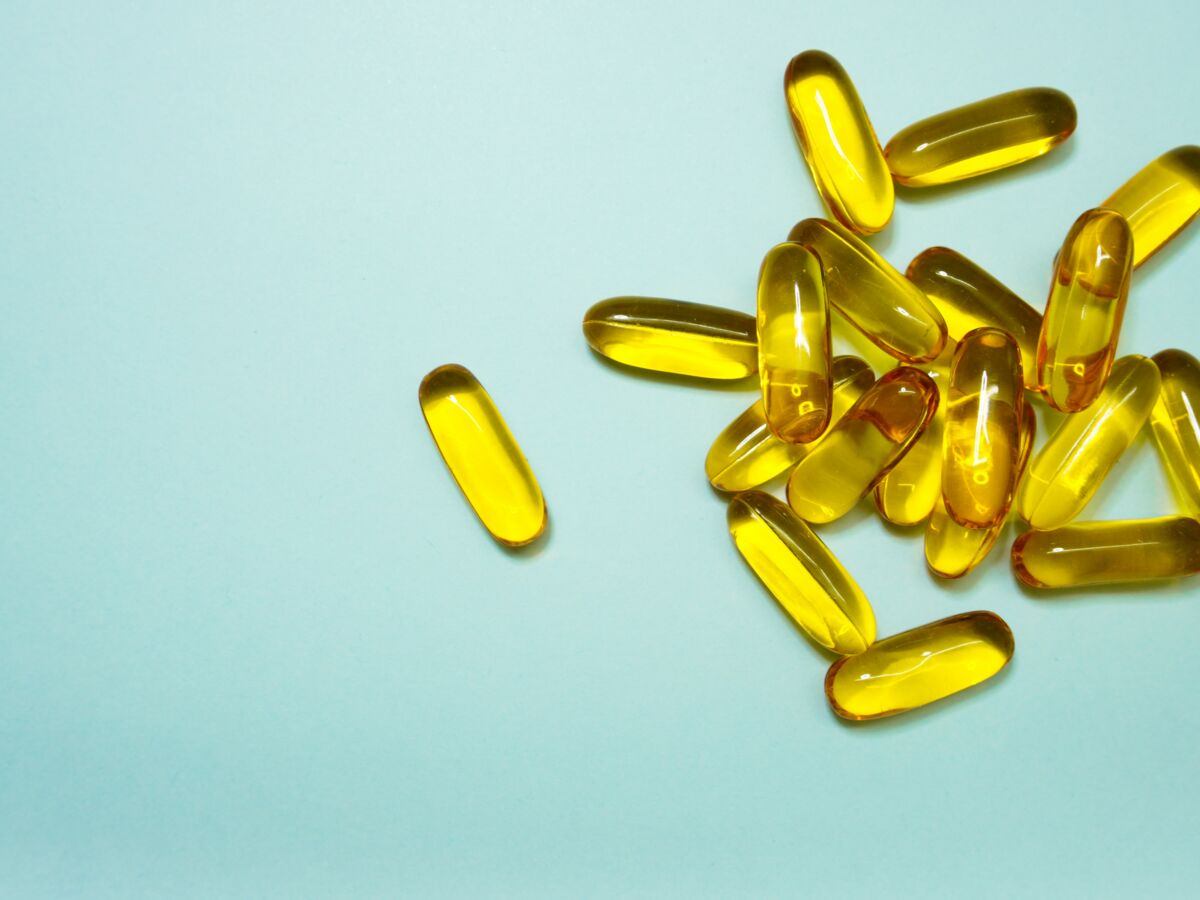Vitamin D, or calciferol, is a fat-soluble (oil-soluble) heat-resistant vitamin. This pro-hormone is synthesized by the body when the skin is exposed to ultraviolet rays from the sun, then transported to the liver and kidney where it is transformed into the active hormone. Vitamins D2 and D3 can only be provided through food. D2 is produced by plants and D3 by animals. During winter, lack of sunlight causes vitamin D deficiency in most of us.
What are the benefits of vitamin D?
Vitamin D has a protective role on bone tissue. It is essential for bone growth in children and helps prevent osteoporosis and demineralization in the elderly. It also promotes intestinal absorption of calcium and its fixation on the skeleton. Maintaining a satisfactory calcium level in the blood is essential for muscle functioning, both for muscle contraction and the renewal of muscle fibers. Vitamin D protects neurons and prevents cognitive decline. It would also have a protective role against certain cancers and certain autoimmune diseases such as rheumatoid arthritis and type 1 diabetes. It improves insulin sensitivity, thus significantly reducing the risk of high blood pressure and inflammatory phenomena. It also allows good nerve transmission and satisfactory blood coagulation.
What are the indications for vitamin D?
Certain populations are more exposed to the risk of vitamin D deficiency:
- older people because the body’s ability to absorb vitamin D to absorb and synthesize vitamin D decreases with age.
- newborns, infants, pregnant women, postmenopausal women, as well as people with dark or dark skin are also more affected. Finally, diets excluding the consumption of meat, fish and dairy products can increase the risk of deficiency.
What is the recommended dietary intake of vitamin D?
The nutritional reference for the population (RNP) is 15 micrograms per day for adults. This was defined by considering only food intake, not exposure to the sun. Note that children under 5 years old, adolescents aged 10 to 18 years old and pregnant women have increased needs for vitamin D. Menopause also represents a period of risk given the hormonal upheaval caused. Supplementation should always be evaluated by a doctor. Be careful, an overdose of vitamin D exposes you to a risk of hyperglycemia, which can lead to calcification of certain tissues and hinder the proper functioning of the kidneys. Nausea, vomiting, and significant weight loss may also occur.
What are the symptoms and risks of vitamin D deficiency?
In addition to a significant state of fatigue, vitamin D deficiency essentially results in:
- Muscle disorders: muscle weakness, pain, convulsions which can cause falls in the elderly;
- Bone disorders including: osteomalacia (bone demineralization), rickets in young, growing subjects, bone pain and deformation as well as loss of bone mass.
How to get enough vitamin D?
There are two ways to naturally meet your vitamin D needs:
- Exposure to the sun: exposure of 15 to 20 minutes between 12 and 4 p.m. is enough to meet the body’s daily need for vitamin D.
- Food: besides cod liver oil, the foods richest in vitamin D are fatty fish (tuna, mackerel, herring, sardines, salmon). It is also found in offal, eggs and dairy products (butter, cheese, cottage cheese, yogurt, milk).
Is a prescription required to get vitamin D?
It is possible to obtain vitamin D without a prescription in pharmacies and organic stores. However, the content is limited by the regulations of the food supplement. Vitamin D in the form of medications (ZymaD®, ZymaDuo®, Uvedose) can only be delivered by prescription.
Read also :
⋙ Vitamin D: how to correctly open a Uvedose ampoule?
⋙ Uvedose: when and how to take these vitamin D ampoules?
⋙ Vitamin D: what are the new recommendations for children?
